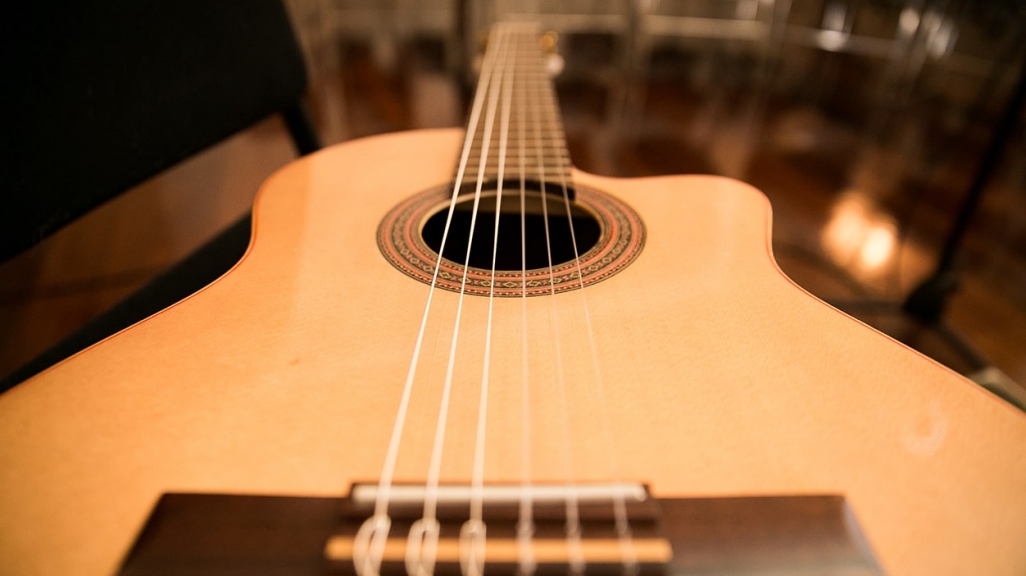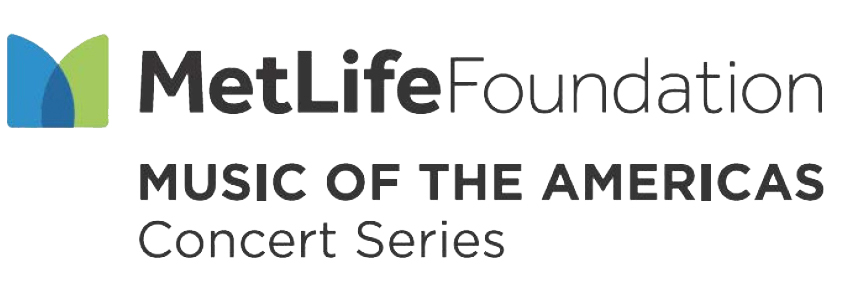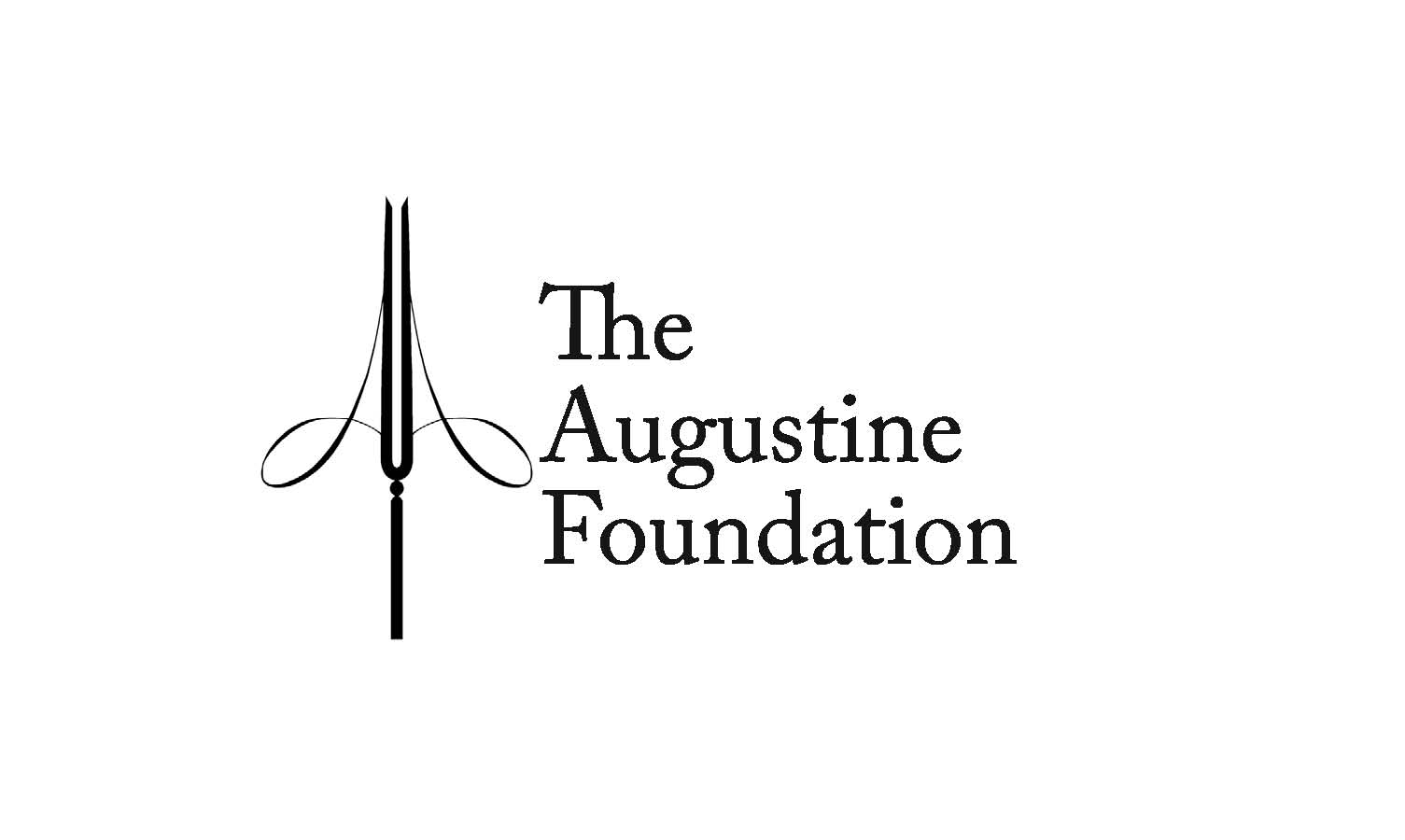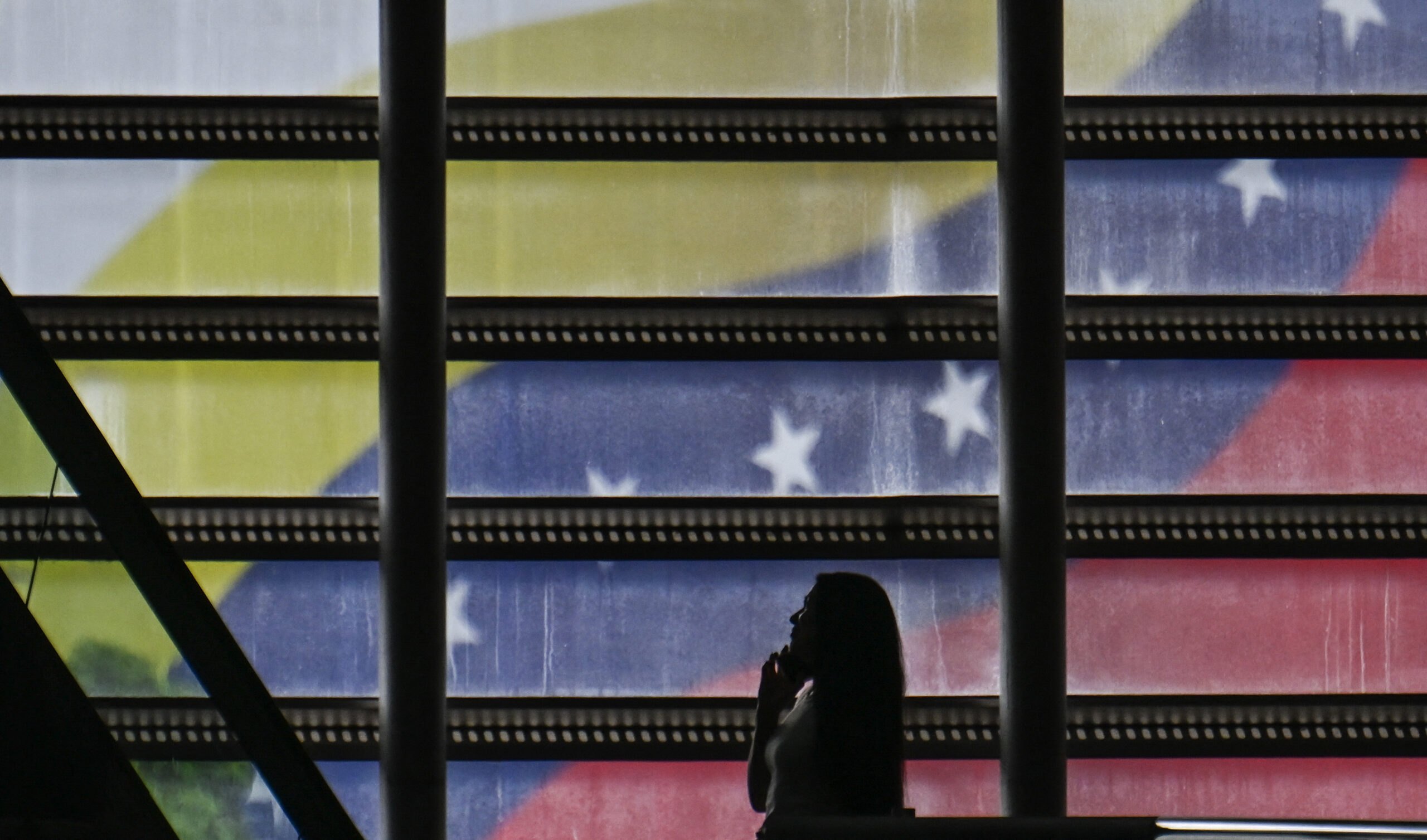Music of the Americas: Guitars
Recuerdos features guitar and its cousins, including cuatros, bandola, tiple, theorbo, and, in a bit of a stretch, harp.
Inspired by last week's guest curators the Newman & Oltman Guitar Duo, this is a week of guitar (and other plucked instruments) in Recuerdos (Memories) at Music of the Americas. We explored our video archives and selected videos featuring the guitar and its cousins, including cuatros, bandola, tiple, theorbo, several baroque guitars and, in a bit of a stretch, harp. En Casa takes a break this week, but you can catch up on all the videos we have released so far.
Tibaguí Trio, "Contemplar Matanzas"
C4 Trio, "Periquera con seis por derecho"
Hugo Romero, "Griseta"
The Bishop's Band, "Zarambeques"











